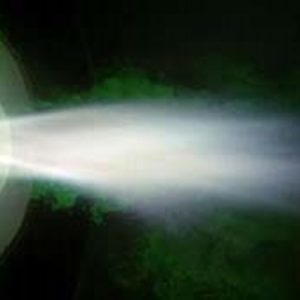-
IEA report finds low-carbon hydrogen development in Northwest Europe progressing, but needing more support
Date posted:
-
-
-
Post Author
Patrick LaveryCombustion Industry News Editor
-
-

The International Energy Agency has released the second edition of its Northwest European Hydrogen Monitor report, which looks at the development of the low-carbon hydrogen industry in Austria, Belgium, Denmark, France, Germany, Luxemburg, the Netherlands, Norway, Switzerland and the United Kingdom.
According to the report, the region “has vast and untapped renewable energy potential in the North Sea and a well-developed, interconnected gas network which could be partially repurposed to facilitate the transmission and distribution of renewable and low-emissions hydrogen from production sites to demand centres”, presumably part of the reason the IEA has a focus on the area. ‘Low-emissions’ hydrogen includes green-hydrogen, blue-hydrogen from fossil fuels with carbon capture and storage, and that produced from nuclear power. The report finds that more than 95% of the total capacity of projects to produce such hydrogen are in their early stages – not even having reached final investment decisions.
If these were all built, they could collectively produce roughly 7 million tonnes of H2 per year by 2030, comprosing 55% green hydrogen based on water electrolytic using renewable hydrogen, representing around 2% of the region’s primary energy demand. (Northwest Europe is behind China and the USA in terms of the percentage of projects in an advanced stage of development.) There has been a sharp increase in the capacity of planned projects since the Russian invasion of Ukraine, another reflection of the seismic shift in the energy landscape brought about by that geopolitical event. While progress has been made in advancing regulations since the previous report, the report finds that more effort is needed on the part of policy makers to push low-emissions hydrogen towards cost-competitiveness with higher-emissions H2, such that off-take agreements can be made. This is necessary as preliminary work suggests that low-carbon hydrogen was around three times more expensive to produce than higher-emissions hydrogen in 2023.
An “effective, interlocking framework of subsidy schemes and support mechanisms along the entire value chain – including research and development, production, transportation and, in particular, demand creation” is required to put the industry on its feet, and certainty in regulation is also needed. Interestingly, most countries in the region have adopted an approach of specific support for electrolytic hydrogen, while Norway has taken a technology-neutral approach.
The report is worth reading, and features a graphic of global low-carbon hydrogen production and global trade for announced projects which is highly interesting.
